SecOps
Flow Automation Highlights
Domain Blocking in Zscaler
Mindflow automates the addition of domains to the blocklist in Zscaler, a task typically requiring manual navigation and configuration within the Zscaler interface. Through integration, Mindflow conducts this operation swiftly, eliminating the delays and potential for error associated with manual input, thereby enhancing the speed and accuracy of cybersecurity responses.
Webhook Triggered Process
The domain blocklist update is initiated through a flexible webhook, allowing integration with a variety of platforms. This versatility in triggering the process ensures timely and automated responses to emerging cybersecurity threats without the need for manual initiation.
Communication via Slack
Upon successful addition of a domain to the blocklist or in case of errors, Mindflow utilizes Slack for immediate communication. This ensures that team members are promptly informed about the status of the cybersecurity actions, maintaining transparency and efficiency in the response process.</p>
Impact on Efficiency
By automating these tasks with Mindflow, organizations experience a substantial increase in operational efficiency. Manual efforts, often time-consuming and prone to error, are replaced with quick, reliable automated processes. This leads to faster response times in critical cybersecurity situations, ensuring more secure and resilient digital environments.
Orchestration Toolbox
Slack
In this use case, Slack is used for communication post-automation. Once a domain is added to the blocklist in Zscaler, or if an error occurs, Slack notifies the relevant team members. This ensures that updates and important information are efficiently communicated, maintaining awareness without the need for manual monitoring.
Zscaler
Zscaler plays a crucial role as the endpoint for the domain blocklist update. Mindflow automates the interaction with Zscaler, seamlessly adding domains to the blocklist as needed. This automation replaces the traditional manual process, ensuring quicker and more reliable updates to the organization's cybersecurity configurations.











